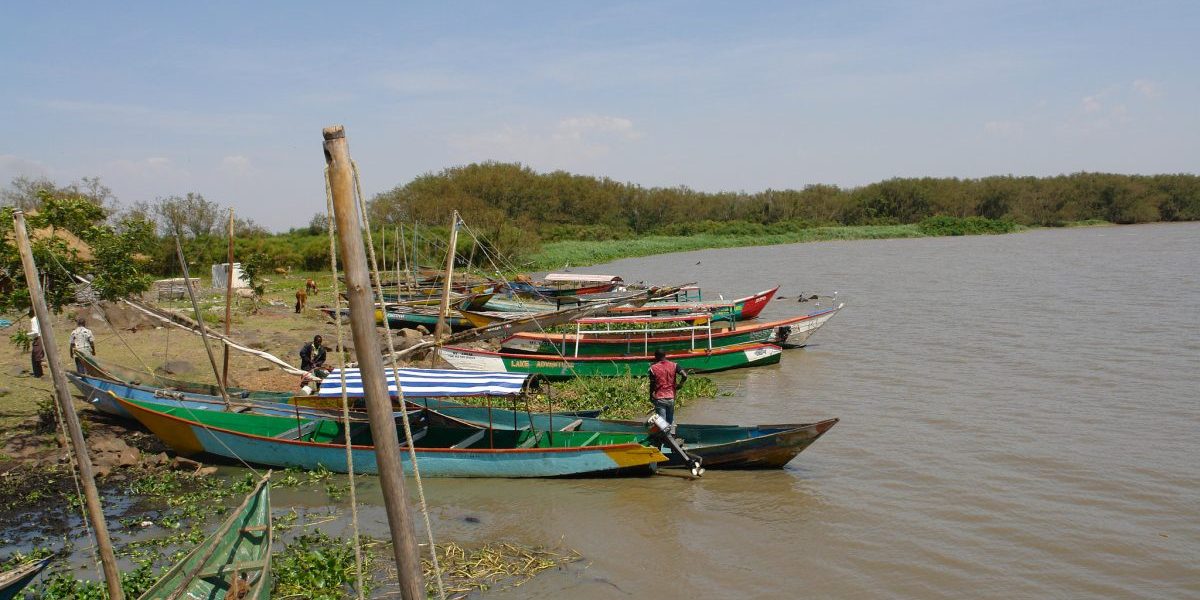It is a critical source of food and income for the countries bordering the lake: Uganda, Kenya and Tanzania. However, like so many fisheries, the sustainability of this resource is threatened by poor governance, a rapid increase in fishing pressure and widespread illegal practices. This study focuses on Uganda’s Lake Victoria Nile perch fishery. Nile perch is a highvalue species that dominates Uganda’s fish exports, which are the country’s second largest foreign-exchange earner after coffee.
There have been some significant achievements in moving towards an effective governance system for Lake Victoria’s fisheries. On the regional level, the three states sharing the lake’s resources have formed the Lake Victoria Fisheries Organization (LVFO), an important platform for co-operation, which has contributed to harmonising policies and standardising stock assessment methods. The past decade has also seen the implementation of a co-management system through a network of more than a thousand community-level Beach Management Units (BMUs). However, despite these achievements, Lake Victoria’s fisheries continue to face serious challenges. The profits of the Nile perch export trade have lured growing numbers of fishers, boat owners and traders into the sector. As overfishing dramatically reduces the number of adult Nile perch, fishermen increasingly resort to using illegal fishing gears and capturing immature fish in order to maintain catches. When, in an effort to preserve stocks, the factories processing fish for export stopped accepting immature Nile perch, fishers and traders simply diverted the illegal catches to local and regional markets, particularly the Democratic Republic of Congo (DRC). This regional trade in immature Nile perch, linked with the proliferation of illegal fishing gears, has now become the primary threat to the continuing sustainability of Uganda’s Nile perch fishery.








